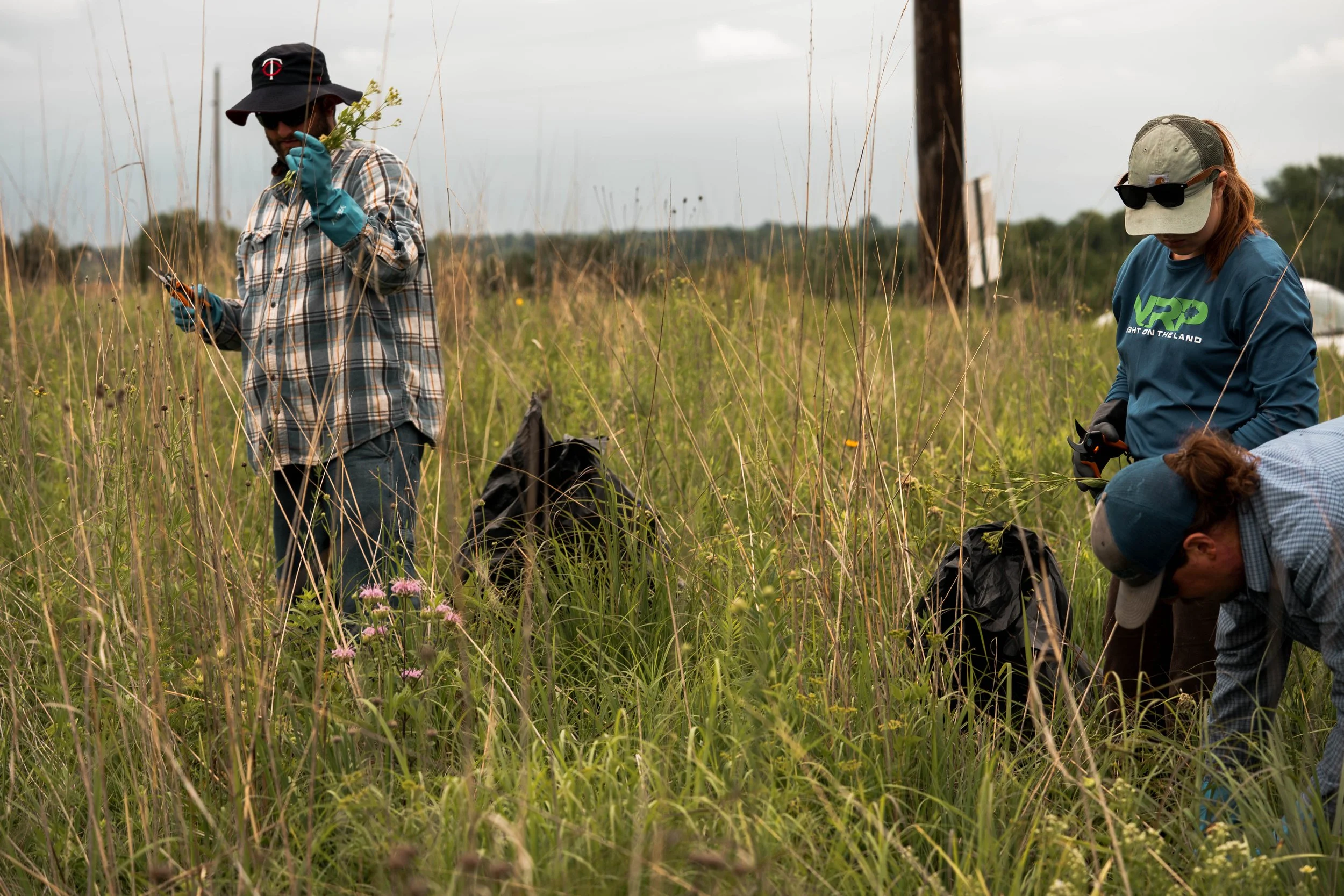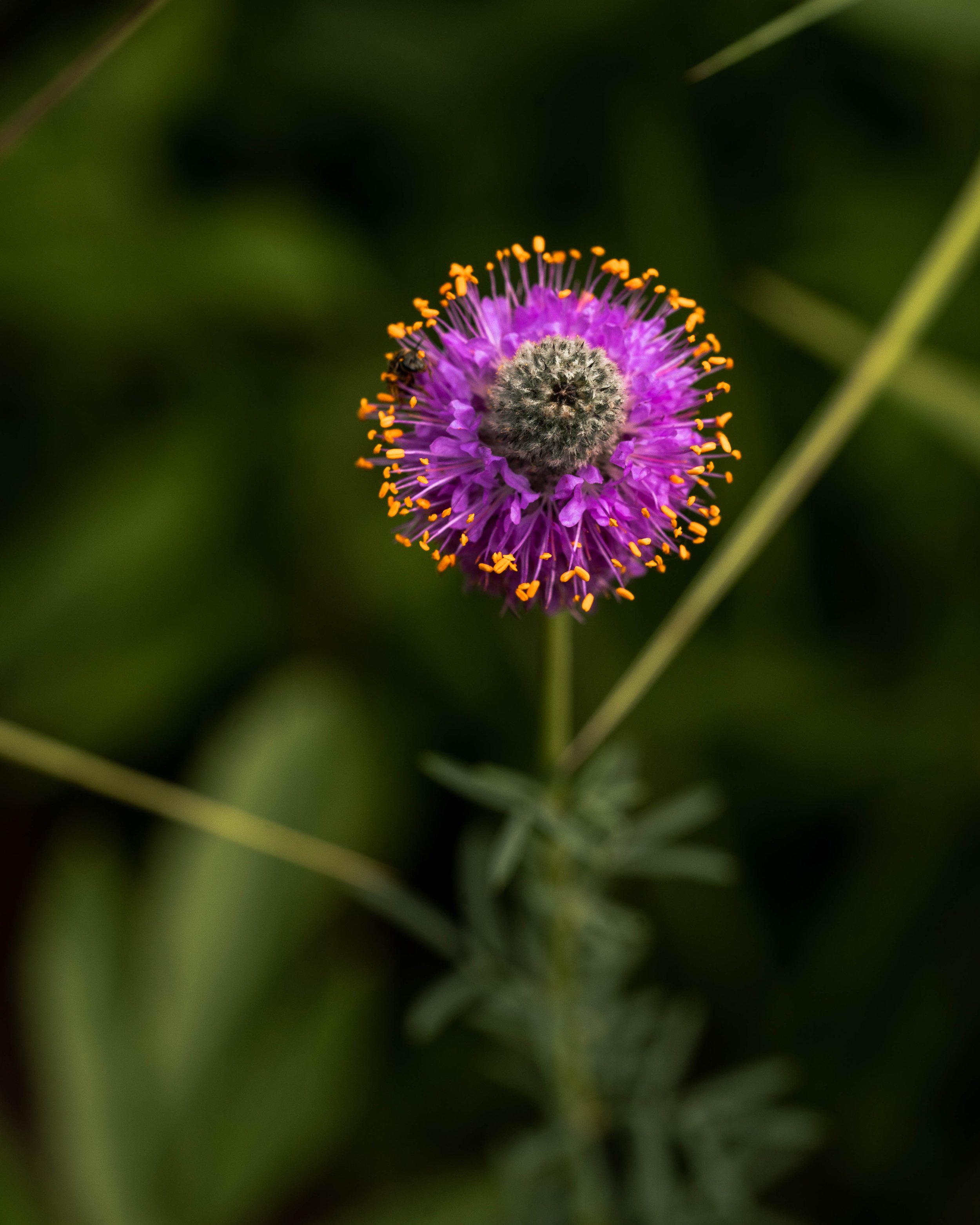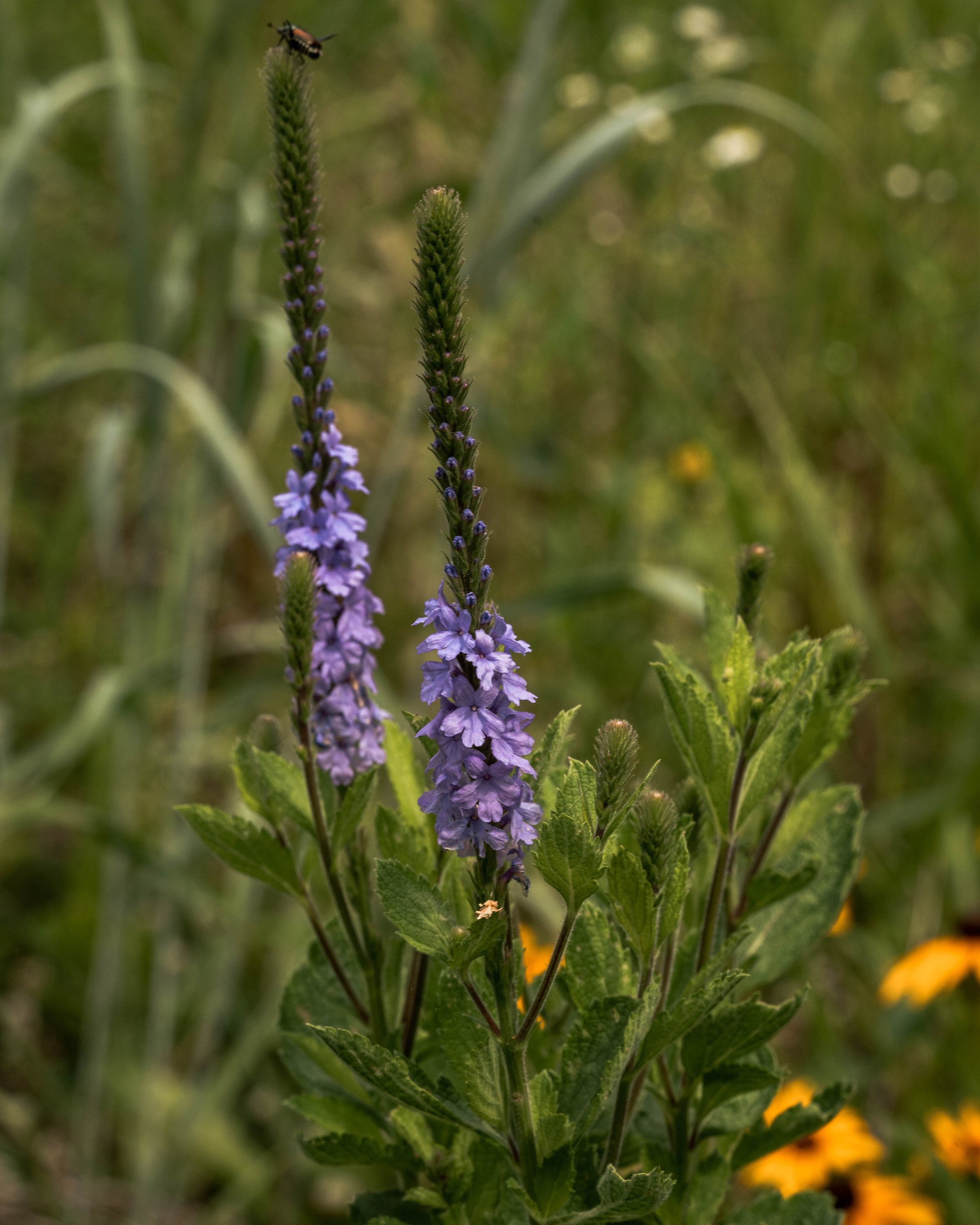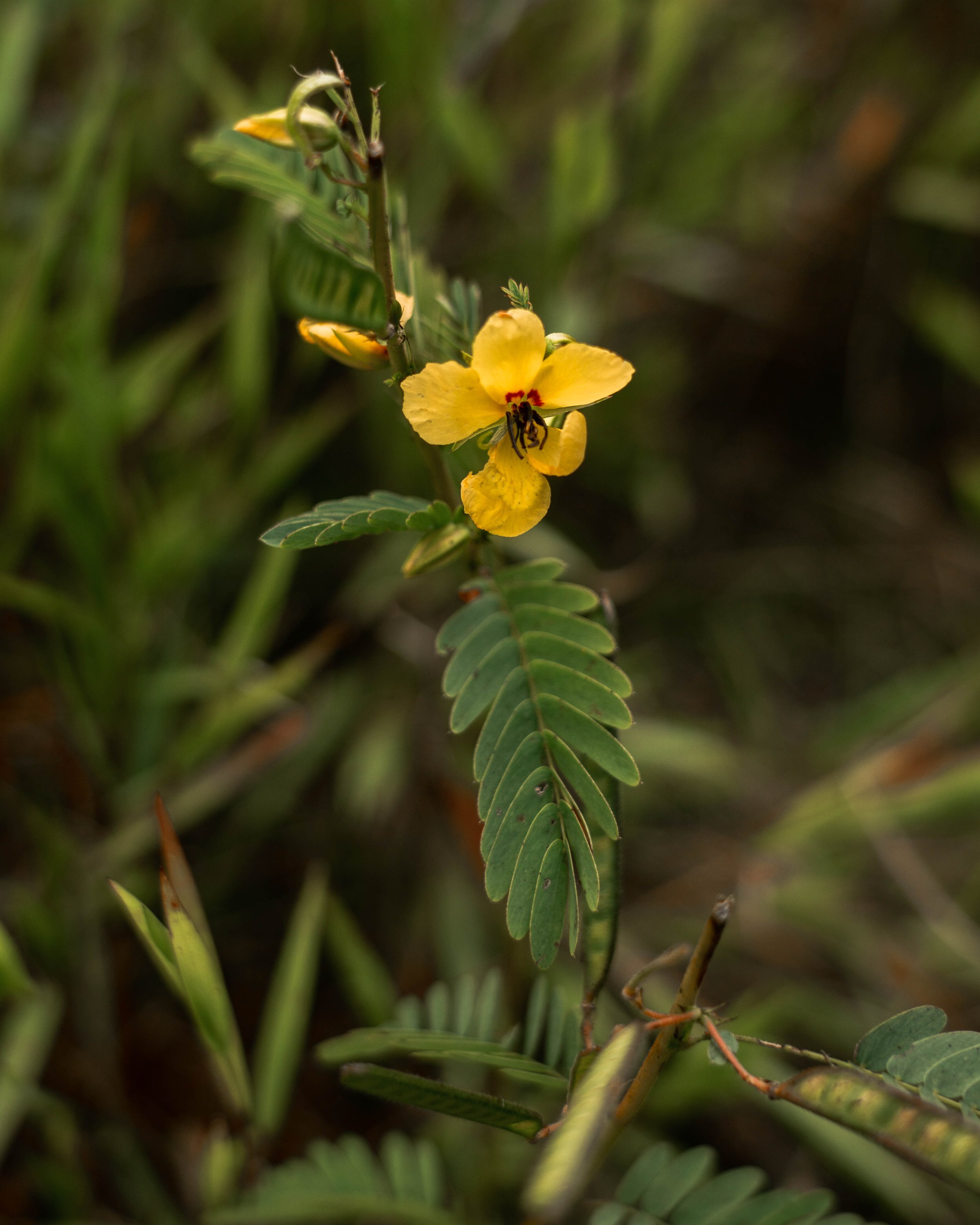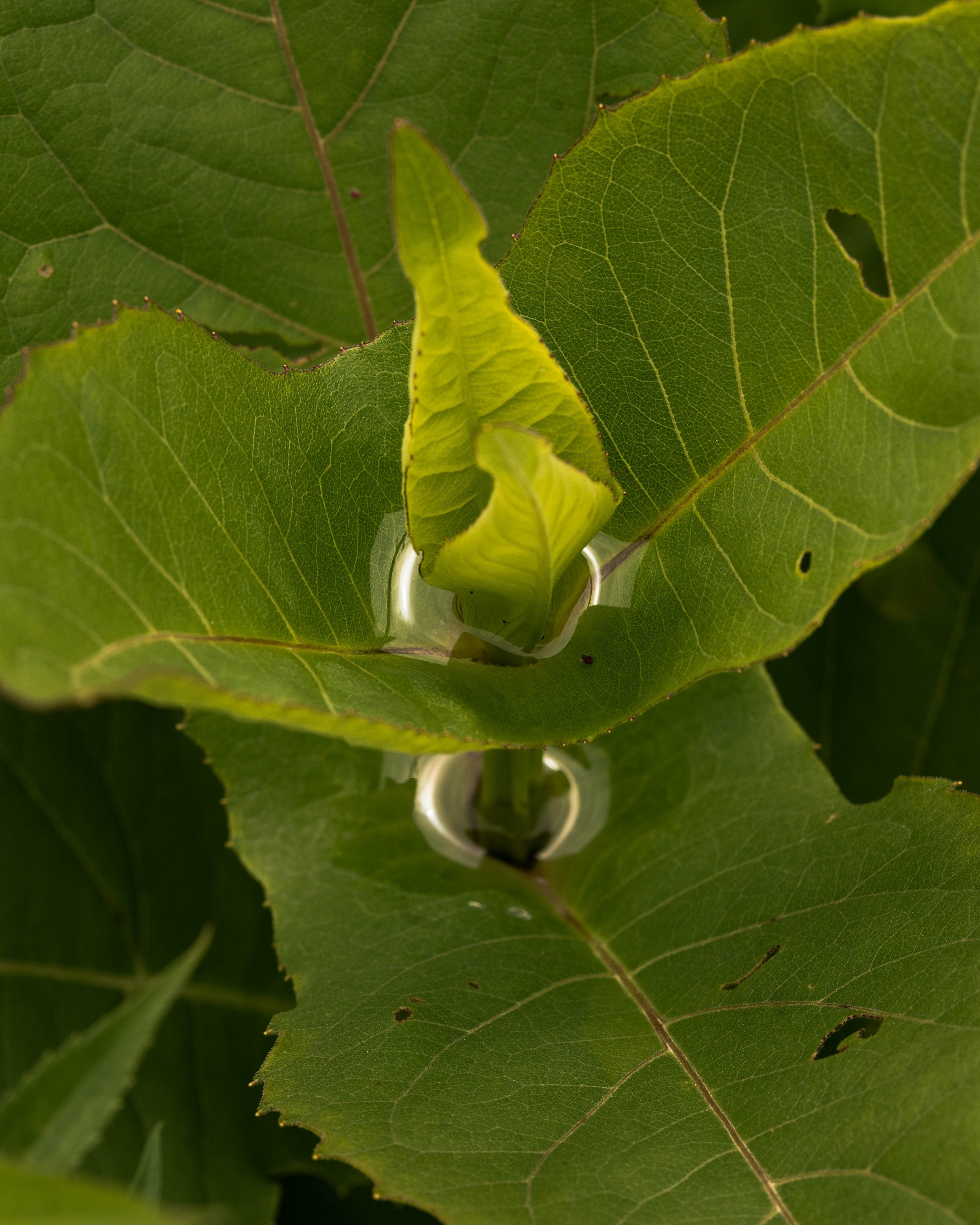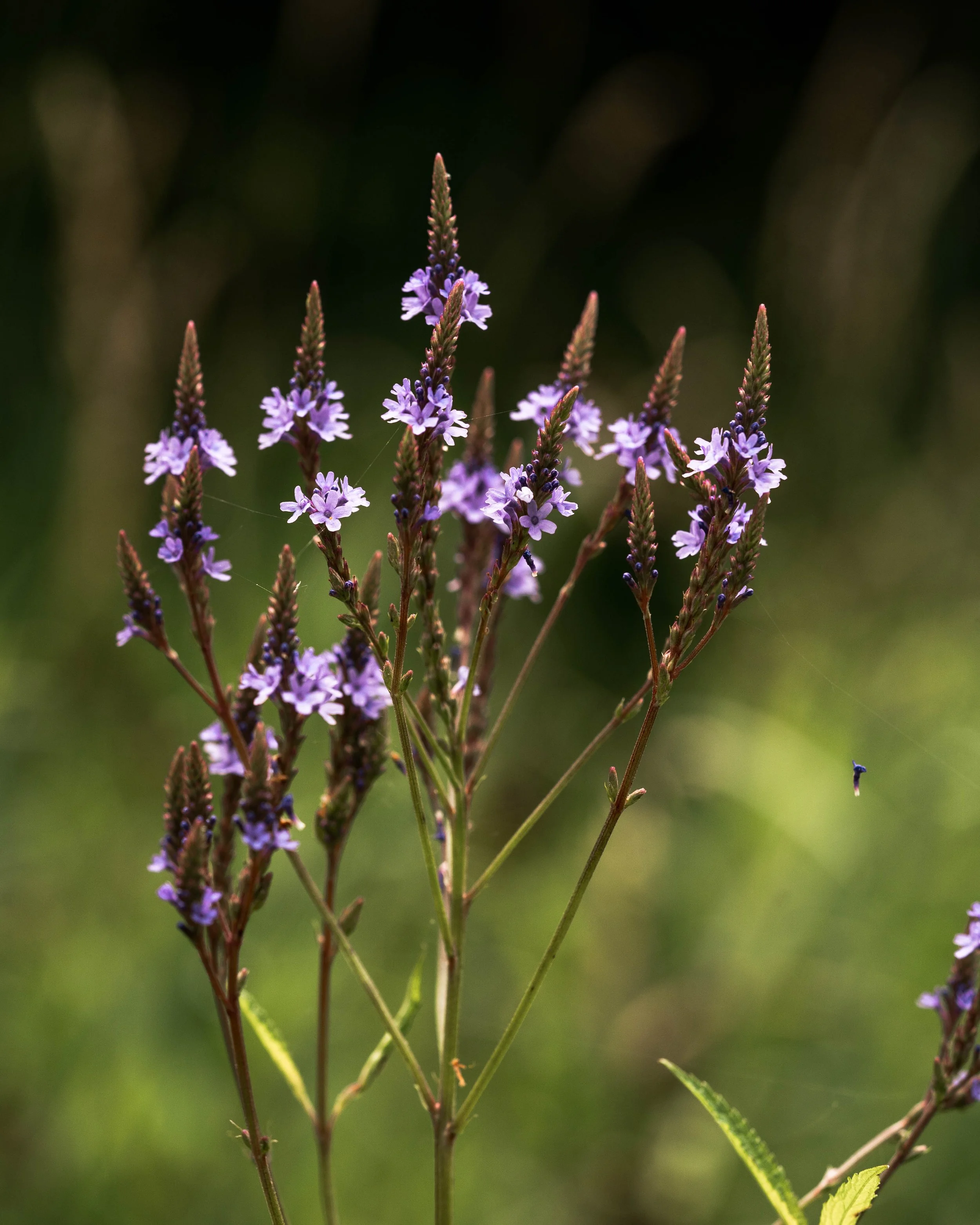Invasive Species Part IV: What You Can Do
I’ll admit it, the first blogs in this series have been a bit dire. The first explained, with numerous unfortunate examples, all the reasons why invasive species are a serious environmental threat. The second one described some of the more prolific terrestrial invasive plants that we deal with here in Minnesota. Finally, the third one described even more invasive species that are causing problems for our beloved water resources. Yes, it’s been a rather depressing series all around. So, I’d like to round off our discussion of invasive species by exploring some of the ways that you and I (and everyone!) can help protect nature and the outdoors from the hazards of invasive species.
Prevention!
This is by far the most important step anyone can take to protecting natural resources from invasive species. It’s so crucial that it has its own category in this list—preventative actions. Once an invasive species has established enough to become detectable, it is often too late to fully eradicate the species. Occasionally, full eradication is possible, but it is often costly and time consuming.
If you want to know the cheapest, easiest, most cost-effective, environmentally and economically friendly way of dealing with invasive species, it’s this—don’t let them arrive in the first place!
Preventing the arrival, establishment, and spread of invasive species are the three key components of invasive species prevention activities that I will highlight further below.
Clean Gear – If you’ve ever gone hiking through Minnesota state parks, or around public land, you’ve probably seen the PlayCleanGo signs. These signs are posted all over at trailheads, on highway billboards, and in outdoor literature. They highlight the PlayCleanGo campaign, a nation-wide campaign geared towards preventing the spread of invasive species through outdoor recreation.
The action here is simple—play outside, clean all your gear, go on with your life. Cleaning your gear is the key here. There’s no need to limit your outdoor activities to avoid contact with invasive species. What’s more important is to clean off all your gear before you leave the recreation site, and especially before you go to a new place. Clean off mud, plant material such as sticks, leaves, stems, and seeds, fruits, water, and any other biological form such as algae or moss from your gear. Gear includes everything: clothes, shoes, hiking poles, backpacks, fishing line, hats, OHVs, boats, trucks, dogs, leashes, sleds, hunting gear, etc. Many of us who recreate outside care deeply for the outdoor places we enjoy, so take the extra five minutes to clean off your gear and help protect those places.
Clean Boats – Any water enthusiasts have likely seen the Stop Aquatic Hitchhikers or Clean, Drain, Dispose signs. Like PlayCleanGo, Minnesota has an equivalent invasive species prevention campaign specifically targeting aquatic invasive species.
The same concept described above applies here—clean your water gear and craft when leaving a waterbody to prevent spreading unwanted species to a new waterbody. Some aquatic invasive species can survive in just a little bit of water in the bottom of a boat or bait bucket, so drain all water from everywhere before leaving a boat launch area. Clean off all plant material, fish material, shellfish, and algae from your gear. As before, gear means everything—boats, canoes, kayaks, water tubes, jet skis, fishing gear, motors, boat trailers, muck boots, swim suites, etc. Finally, dispose of unused bait in the trash instead of dumping it into lakes. Taking these simple steps is the best thing you can do to protect Minnesota water resources from invasive species (and it’s also the law!).
Watch What You Buy – Unfortunately, many well-intended gardeners, horticulturists, and flower-lovers spread invasive species unintentionally by planting them in their yards and gardens. Some invasive species are available for sale through nurseries and plant stores—either they are misidentified, mislabeled, or the nursery just isn’t aware that selling them may be illegal or harmful to the environment. Be mindful of what you are buying at nurseries. Always look up species by their scientific name, and check that you are not buying and planting an invasive species, or a cultivar of an invasive species. This is more common than you might think, so always double check what you buy and plant.
Don’t “Return to the Wild” – I get it; it’s hard to kill plants and animals, especially if you’ve kept them as pets. However, if you need to be rid of a houseplant, garden plant, animal, insect, or fish, do not release it into the wild. Not everything should be ‘returned to the wild’ so to speak, nor is everything suited for living in an area just because it is alive. Many extremely problematic species around the world, such as the Burmese python, were released into the wild intentionally by pet or plant owners. If you have any living animal, fish, insect, or reptile that you need to get rid of, find alternatives to letting it loose. Don’t dump aquariums into water ways, and don’t free fish (fun fact: goldfish are invasive in many areas because of pet owners releasing them into lakes). Avoid dumping unwanted plants into natural areas, and don’t transplant anything from your garden or house into a natural area unless you are sure it is a native species to that area.
Pursue Knowledge and Learning – I feel called out when told to ‘become informed,’ so I switched it to sound more positive and fun. But the intent is the same here—knowing more about invasive species, even just a little, is a great way to help prevent their spread. Take some time to understand the regulations regarding invasive species, as well as the common invasive species in your area. There are some excellent online resources out there, such as the Minnesota DNR website (www.dnr.state.mn.us/invasives/index.html), and we’re always happy to discuss invasive species here at NRP. The more you know, the better equipped you are to make decisions that benefit the land.
Watch Your Property – One tool used by natural resource professionals for combating invasive species spread is called Early Detection and Rapid Response. This is just a fancy way of saying that the earlier an invasive species is discovered, the better the chance at containing it and preventing its spread. A well-established population is more likely to spread to new areas, and is harder to get rid of. Finding invasive species early is the best way to keep them off your property and out of our natural areas.
Watch your property and your favorite outdoor spots. Keep an eye out for plants that you’ve never seen before or things that look new. Also look for species that seem to be taking over an area or growing faster and thicker than any other species. If you can identify invasive species, use that knowledge when you’re outside to look for new populations. Check fields, docks, trails, rights-of-ways, and disturbed areas—these are most likely to house invasive species.
Report It – Finding an invasive species, especially a new one, isn’t much good unless it is reported. If you think you’ve found an invasive species, especially a newer one to an area, report it to your local natural resources manager or DNR specialist. If you’re a mapping enthusiast, there are also many online resources for submitting findings of different plant and animal populations such as: EDDMaps (www.eddmaps.org/) and iMapInvasives (www.natureserve.org/products/imapinvasives).
Response!
Oftentimes, we are dealing with landscapes where invasive species have already been established. Many natural areas and private properties have invasive species present in some capacity. They may not seem locally problematic on your specific property, but multiple local population combined over a larger landscape can have cumulative negative effects on the overall ecosystem. Therefore, it is important and beneficial to address invasive species that already persist on our landscapes. This is where response actions come into play.
Have a Property Assessment – If you know or suspect you have invasive species on your property, have a site assessment. Look at the size, extent, and maturity level of the invasive species populations present. These characteristics often determine the kind of removal or management necessary. If you’re unsure about your identification skills, bring in an expert to help! NRP offers free introductory site visits where we can help assess any invasive species concerns on a property, and provide information on possible management strategies.
Remove Invasive Species – Hopefully at this point in our blog series, the importance of this action is clear. Removing invasive species and managing an area to prevent them from returning is the most common and complete response action. Getting rid of invasive species will help native plant communities and habitat health. Even if your property is small, or you just have a couple individual invasives, removing them is still important. As mentioned before, small populations of invasives can have larger cumulative negative effects on the overall ecosystem. Similarly, small removal attempts can have larger cumulative positive effects on the landscape.
DIY – Sometimes removal and management can be done yourself. Hand pulling up species by the roots, cutting off seed and flower heads before they produce seed and fruit, and cutting or mowing individuals can all be effective methods of controlling or removing invasive species. Of course, every species has different management requirements, so do some research or contact an expert for help.
Get Help – Sometimes its just easier to get someone else to do it for you. Invasive species management is certainly one of those things. Ecological contractors like NRP can help with identification and removal. We have special equipment and training, allowing us to use more varied and specialized techniques for managing invasive species such as forestry mowing, prescribed burning, and herbicide application. We’d love for you to contact us for assistance, as NRP has a broad range of skills and experience, but if you do shop around, make sure you’re looking for ecologically-minded contractors. Look for companies that actually understand the ecology behind invasive species management, and their role on the larger landscape—otherwise you may be left with a half-treated or poorly executed removal that doesn’t last. Trust me, we’ve seen this before, and some of our projects have involved salvaging the poorly executed management of another contractor.
Plant Native – This is one we stress a lot at NRP because it’s important for so many elements of habitat health and biodiversity. Native plants are naturally occurring and adapted to an area. Native plant communities form the base of health habitats and ecosystems. Healthy native plant communities are also less vulnerable to invasive species competition. By choosing native, local species for planting, you are bolstering native communities, increasing native seed sources, and providing better habitat for native insects, birds, and wildlife that rely on them. Planting natives in areas where invasive species have been removed can help kickstart the regrowth of native plant communities.
Volunteer – There are dozens of ways to volunteer your time and energy toward invasive species prevention and response. Many cities, park systems, and local non-profits have volunteer opportunities around invasive species management. Whether you are talking to trail users about PlayCleanGo, or pulling garlic mustard from your local park, or planting natives after an invasive species removal, or gridding a prairie identifying invasive species—there are volunteer options for everyone’s level of interest.
Tell Your Social Circles – There are only so many natural resource professionals in the world, and we can only reach so many people with our communication. Are you cutting buckthorn down on your property? —talk to your neighbors about why; maybe they will decide to join you. Are you spending a Saturday volunteering to pull garlic mustard along your favorite trail? –invite friends or family to join you. You may be surprised how many people are interested in what you’re doing, and care about the ecosystem just as much as you do. We want all outdoor enthusiasts, backyard-goers, gardening gurus, environmental activists, casual campers, and those still-yet-usure-about-the-whole-thing to be involved!
----------
En Sum
That’s a wrap on our invasive species series. If you haven’t seen the first posts, check them out here: www.nativeresourcepreservation.com/blog. As always, reach out to us if you have any questions or want to pursue invasive species management (or any ecological management) on your property. We’d love to hear from you!



